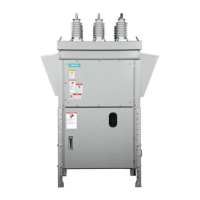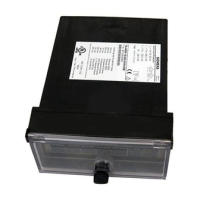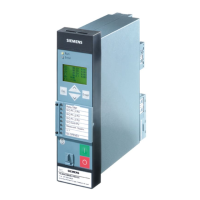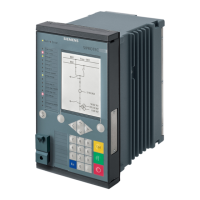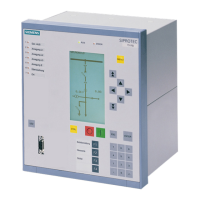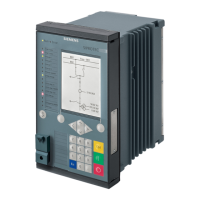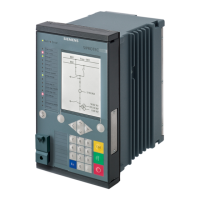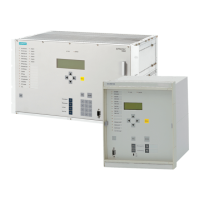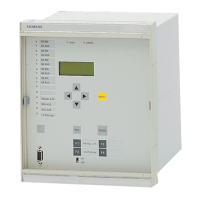74
10. List of figures and tables
Page 9 Figure 1: Protection against direct contact
Page 10 Figure 2: Effects of 50/60 Hz alternating current on the human
body
Page 13 Figure 3: Protection against indirect contact
Page 14 Table 1: Classication of residual current protective devices into
different types with tripping ranges
Page 15 Table 2: Possible residual current waveforms and suitable
residual current protective devices
Page 18 Figure 4: Classication of residual current protective devices
(RCDs)
Page 19 Figure 5: Schematic representation of a residual current operated
circuit breaker
Page 20 Figure 6: Principle of operation of a holding magnet release
Page 21 Figure 7: Structure of a SIQUENCE Type B and Type B+ universal
currentsensitive RCCB
Page 24 Figure 8: Installation with a central RCCB and miniature circuit
breakers for feeders
Page 25 Figure 9: Example of an installation with RCBOs
Page 27 Figure 10: Type B frequency-dependent tripping current
Page 29 Figure 11: Type B+ frequency-dependent tripping current
Page 30 Table 3: Recommended maximum grounding resistances for
SIQUENCE universal current-sensitive Type B and
Type B+ RCCBs
Page 33 Figure 12: Break time t
A
as a function of the tripping current I
Δ
Page 34 Figure 13: Layout of different residual current protective devices
and their tripping times
Page 36 Figure 14: Remote-controlled operating mechanism with RCCB
Page 38 Table 4: Characteristic variables for the conditions of discon-
nection in TN and TT systems with rated voltages of
230/400 V AC
Page 39 Table 5: Selection of protective devices in TN systems and in
TT systems with rated voltages of 230/400 V AC
Page 42 Figure 15: Selection aid for nding the suitable residual current
protective device
List of figures and tables

